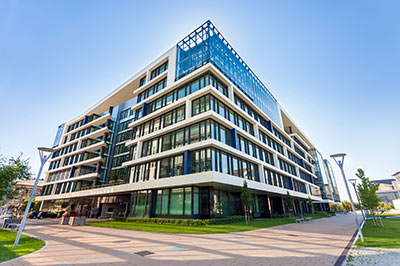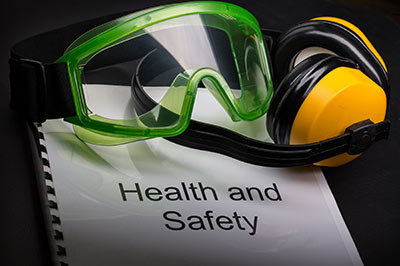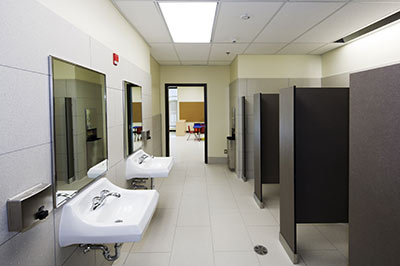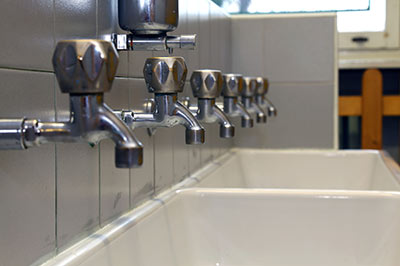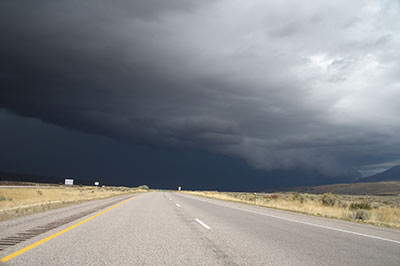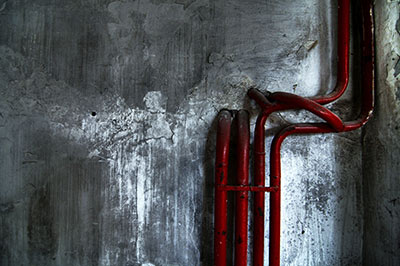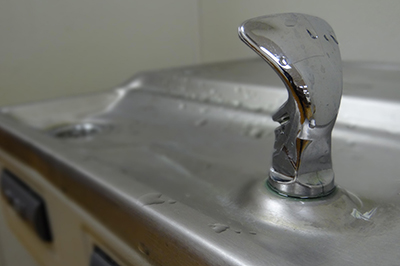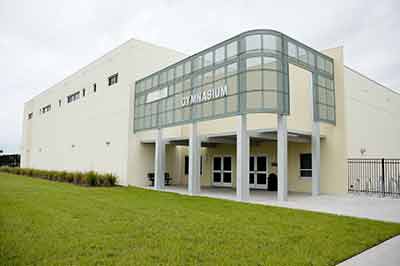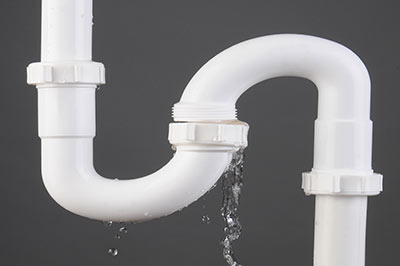Fichman, 2015
More than 760,000 trucks pass through El Paso’s two entry points from Mexico each year; it is the highest-ranked city for carbon monoxide levels in Texas and rates eighth in the nation for particulate pollution. Traces of air pollution can be found in the school classroom, affecting minority students disproportionately.
Researchers from the University of Texas show that the overall GPA of fourth- and fifth-graders in public schools dropped 0.02–0.04 points for every one standard deviation increase in greater exposure to toxic substances in the air. Despite excessive truck traffic, non-road sources were shown to have the greatest effect, including pollution from an international airport, a bi-national freight station, and a military base.

